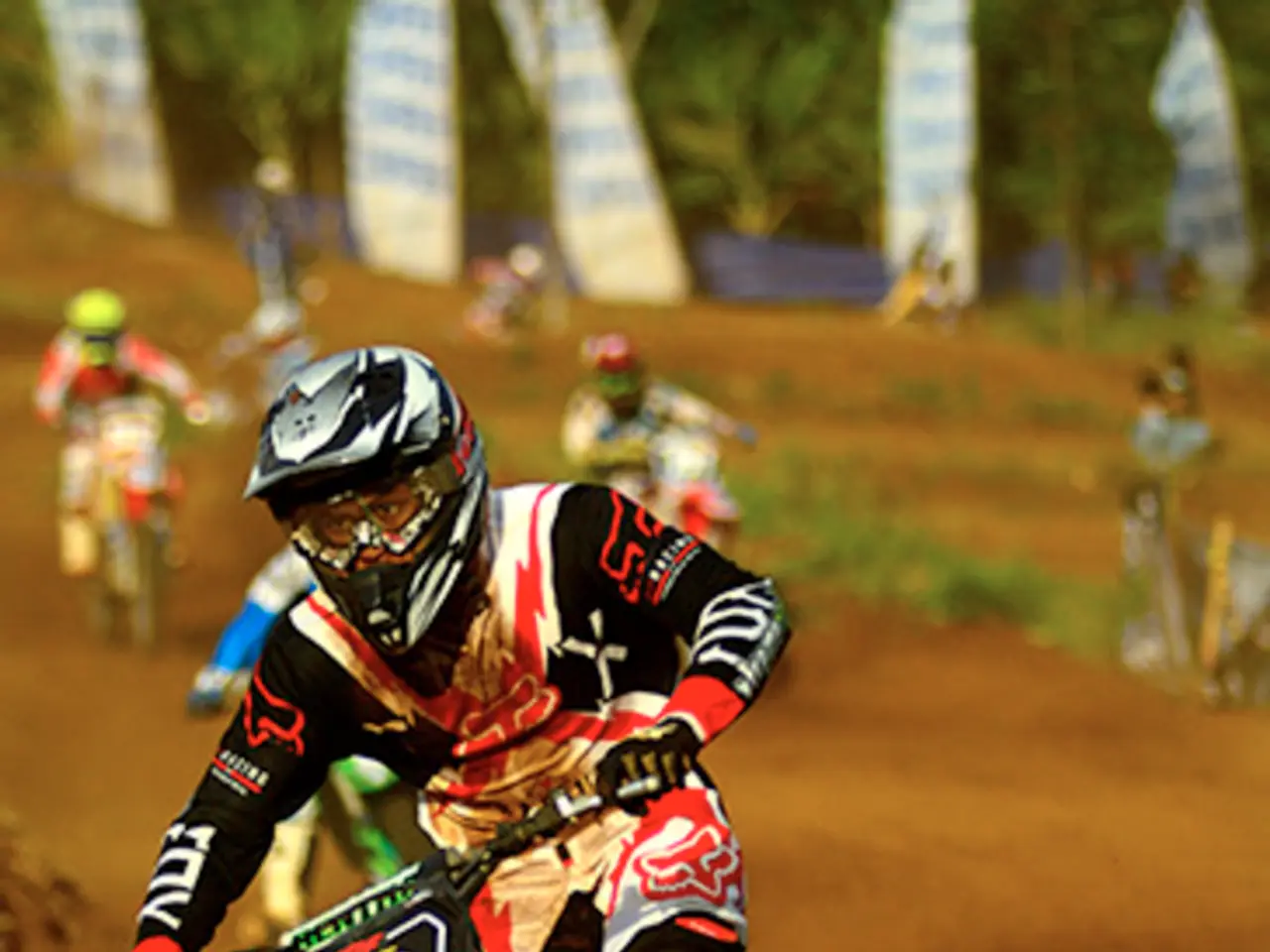The Operational Structure of the Hells Angels Motorcycle Club
The Hells Angels Motorcycle Club: A Look at the Fearsome Outlaw Biker Group
The Hells Angels Motorcycle Club (HAMC), established in 1948 in Fontana, California, stands as a pioneering force in the world of outlaw motorcycle groups. Originating from the merging of small motorcycle clubs with roots linked to World War II veterans, the club is best known for creating the model of the "outlaw" motorcycle group and shaping its image [1][2][3].
The Hells Angels: Rules and Membership
The Hells Angels primarily consist of white male Harley-Davidson riders. Membership is highly selective, requiring a lengthy vetting and initiation process. Members are known by "legal names" or nicknames, and those who leave must surrender all club regalia, including the distinctive "Death Head" insignia [3]. While some chapters maintain clubhouses, most members gather in bars and organize group rides.
The Hells Angels: Reputation and Reach
The Hells Angels pride themselves on a close brotherhood and are the most internationally recognized outlaw motorcycle club, with chapters established worldwide [1][3][5]. They have an extensive presence in the U.S. and abroad, often linked historically to other biker clubs through mergers or rivalries.
The Hells Angels: Criminal Activities
Law enforcement agencies classify the Hells Angels as an outlaw group, associating them with various criminal activities. These allegations include organized crime involvement, drug trafficking, extortion, and violent confrontations with rival motorcycle clubs. Notorious chapters, such as those in Cleveland and Oakland, have been subject to investigation, and some members have acted as informants or faced prosecution [3][5]. However, definitive club-wide criminal policy or actions are less clearly documented outside law enforcement assertions.
The Hells Angels: Community Work
Despite the outlaw label, the Hells Angels have engaged in community-oriented acts such as charity rides, toy drives, and disaster relief fundraising in their localities, often framed as a way to maintain their public image and brotherhood spirit. This dimension contrasts with their hard reputation but reflects their complex social role [knowledge as of 2024].
The Hells Angels have cultivated a modern mythology around themselves, with questions about the group arising as much as answers. Motorcycle clubs, or gangs, are often associated with a tough or intimidating image. The Hells Angels are often questioned about whether they are organized criminals or compassionate givers to charity and the community. Local club chapters of the Hells Angels attempt to perform good works in the community, creating a complex and multifaceted picture of this well-known motorcycle club.
Read also:
- Court petitions to reverse established decision on same-sex marriage legalization
- Commemoration of 200 Days of American Resurgence Unveiled
- Minister Bärbel Bas expresses doubts about her tenure as a minister following a recent interview during the summer.
- A Tale of Two RussiansGate Notable Figures: Focus on Mike Davis




